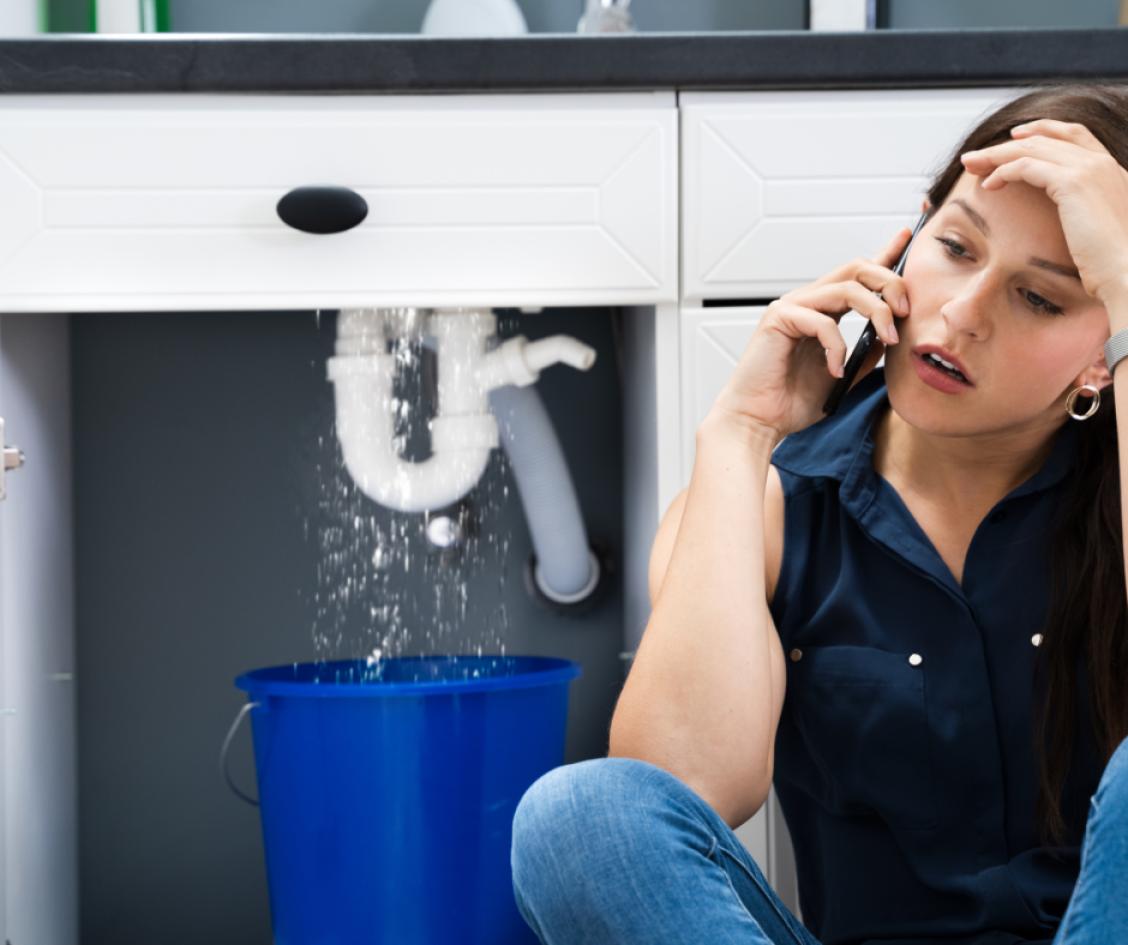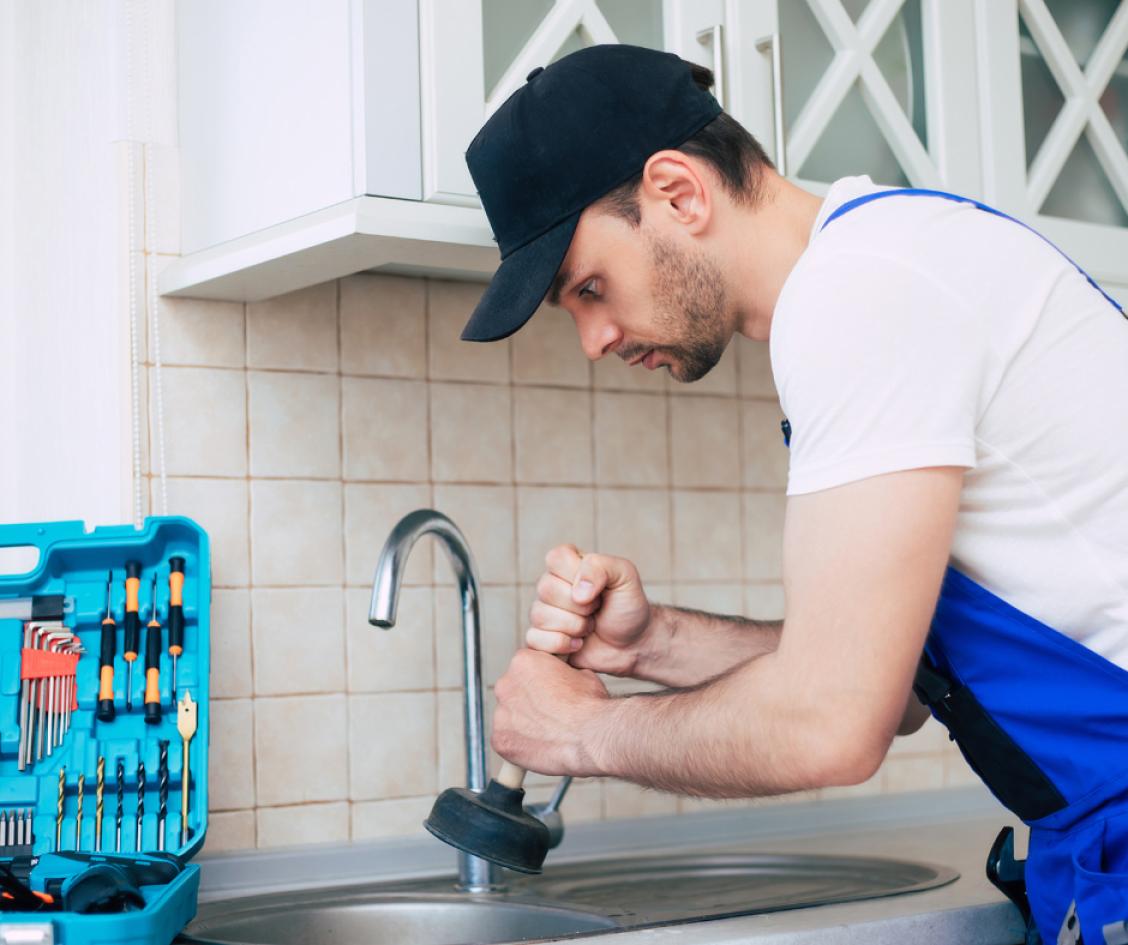Emergency Plumbing: Quick Fixes and Temporary Solutions for Homeowners

Emergencies, including plumbing problems, can happen when you least expect them to. It is sometimes inevitable to wait for professional assistance, but prompt action is essential to minimizing potential harm. When faced with common plumbing crises like leaks, clogs, and burst pipes, homeowners can take immediate action while they wait for professional assistance by understanding workable, temporary solutions. We will examine each emergency scenario in detail in this extensive guide, providing homeowners with step-by-step guidance to aid them through these trying times.
Handling Disclosures:
1. Leaking Tap:
· Find the shut-off valve at the main water supply or under the sink, and close it.
· In order to replace a malfunctioning washer, try disassembling the faucet. If not, reduce the flow of water by using tape or a cloth.
2. Seepage in the Pipe:
· Find the leak's source and securely cover it with a rubber hose or piece of cloth.
· As a stopgap measure, use duct tape or pipe clamps to slow down or stop the leak until help arrives.
3. Appliance Leaks (washing machine, dishwasher, etc.):
· Disconnect the water supply to the broken appliance.
· Check hoses for damage, then replace or tighten them as necessary.
Handling Blocks:
1. Dipping in:
To remove the blockage, use a plunger to seal the area around the drain and then apply consistent, firm pressure.
2. Water at a Boil:
To dissolve grease, soap scum, or other material in the drain, pour boiling water down it. This works particularly well for small clogs.
3. Make Your Own Drain Cleaner:
Mix vinegar and baking soda in equal amounts, then pour the mixture down the drain. After letting it sit for half an hour, flush it with hot water to get rid of the particles.
Handling Broken Pipes:

1. Switch off the water source:
To halt the water flow, find the main shut-off valve and turn it off right away.
2. Release Strain:
To minimize additional damage, open faucets all over the house to release pressure in the plumbing system.
3. Temporary Patch:
· If access to the burst pipe is safe, repair the damaged piece temporarily with a plumber's tape, hose, or pipe clamp until a professional can come and replace it.
· Being calm is essential in any plumbing emergency. Although these stopgap measures provide relief right away, they cannot replace expert repairs. Contacting a certified plumber is essential to evaluate the issue and offer a long-term fix after the immediate crisis has been resolved.
Proactive steps like routine upkeep and inspections can also stop a lot of plumbing catastrophes. By being aware of these stopgap measures, homeowners can prevent additional harm to their properties until expert help can be provided, thereby reducing the severity of an otherwise unmanageable issue. For a thorough solution to plumbing problems, always put safety first and get professional assistance as soon as possible.


